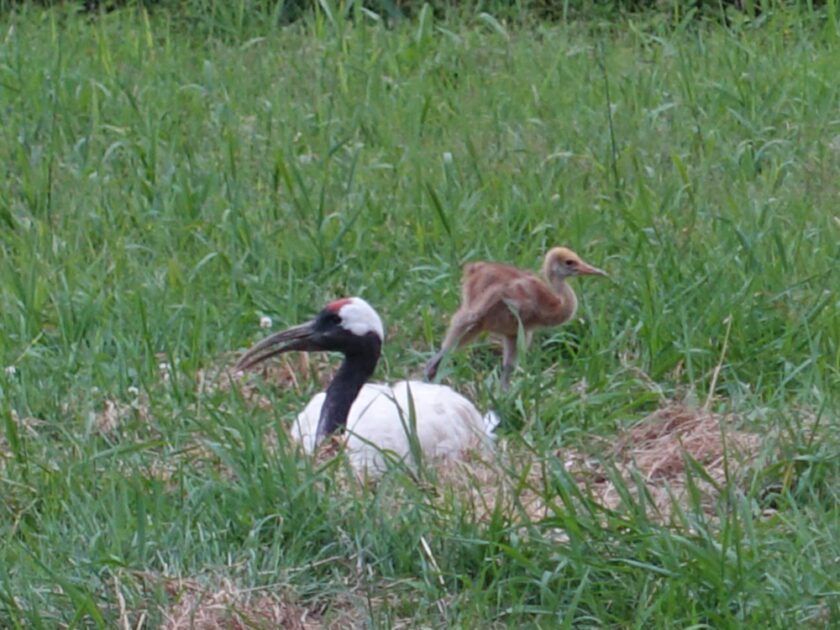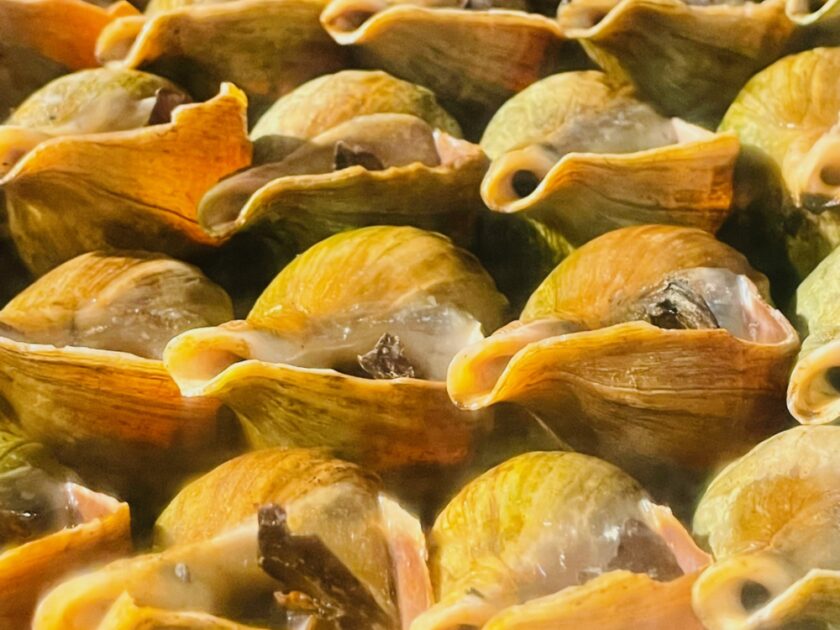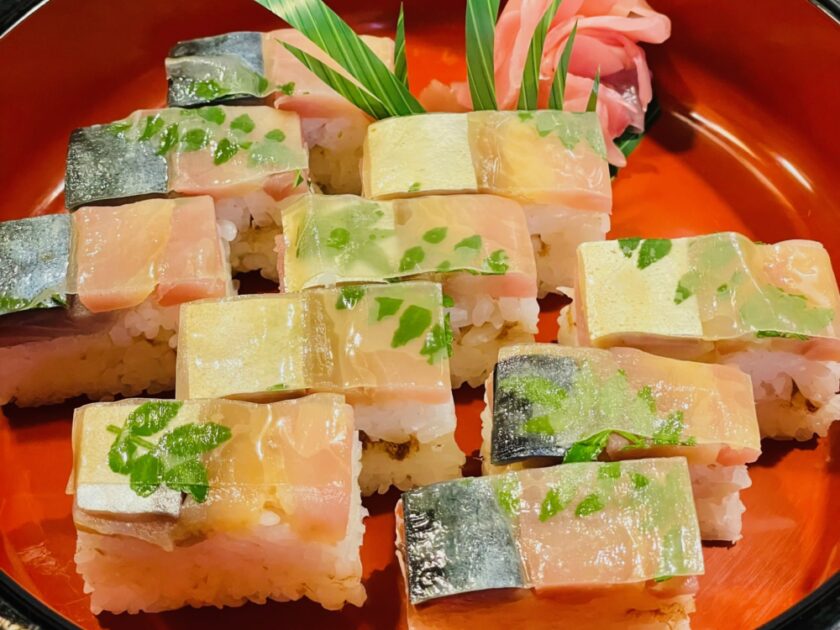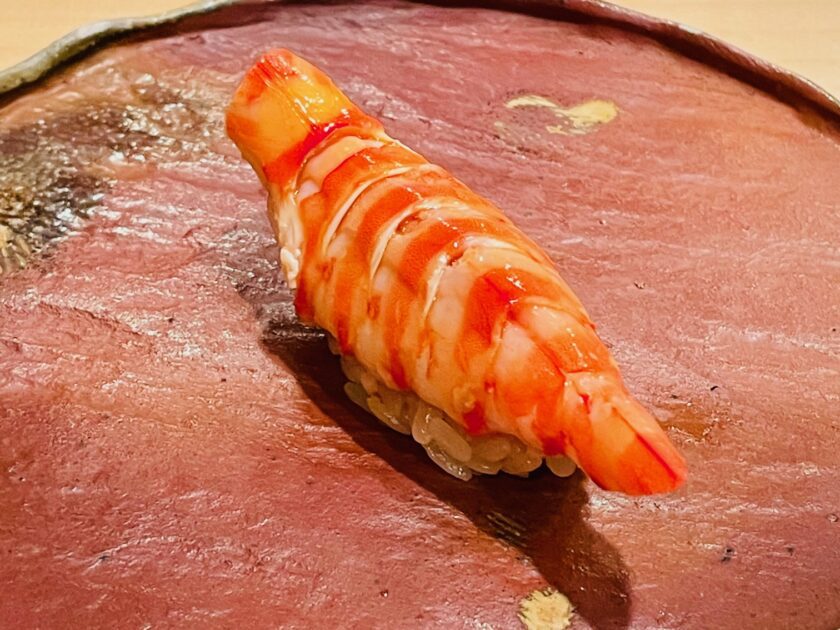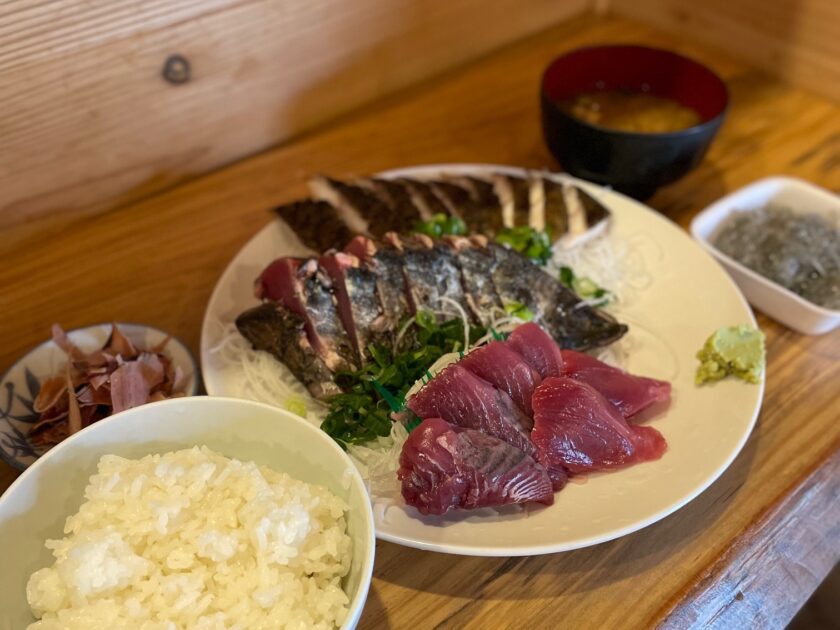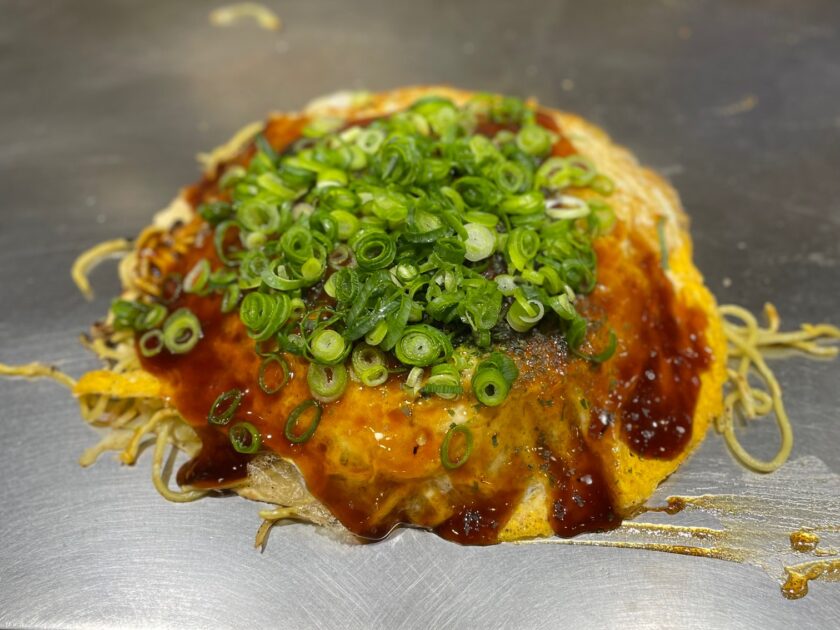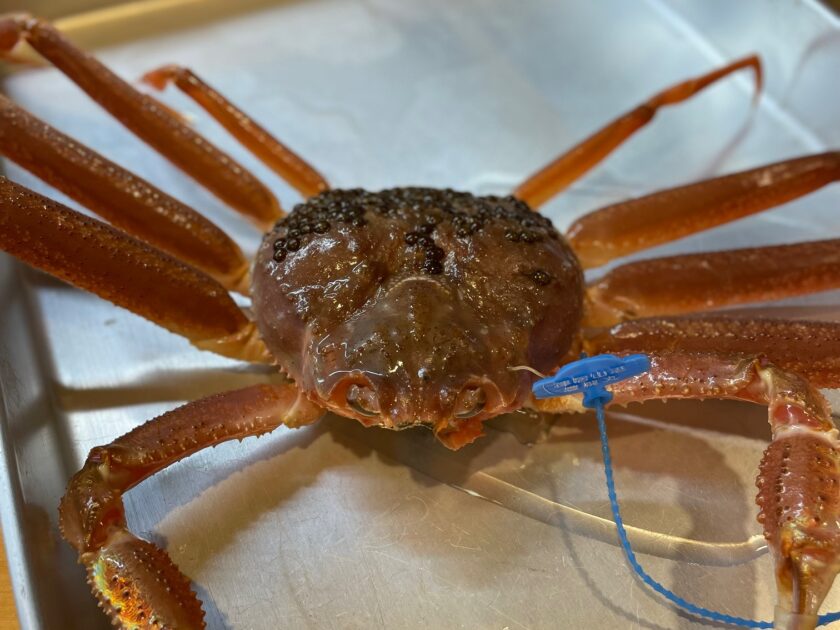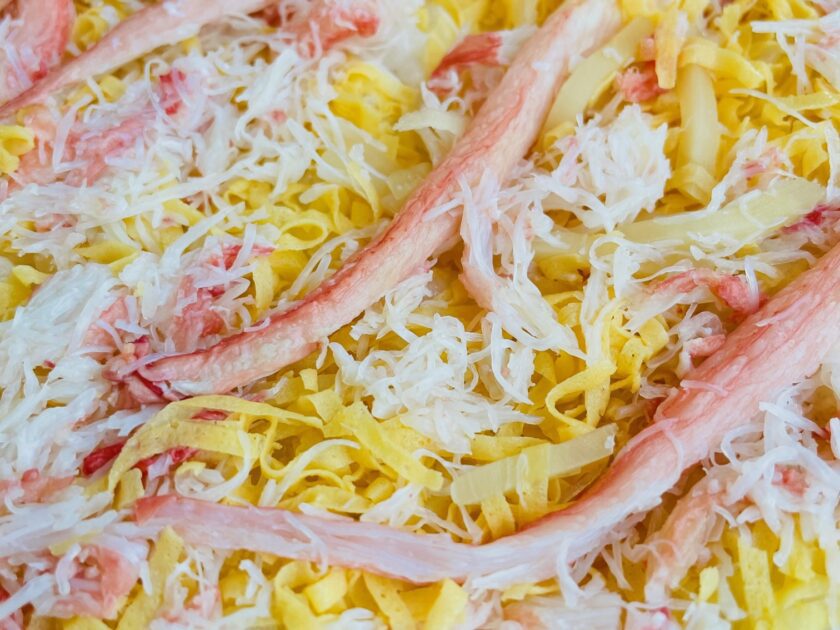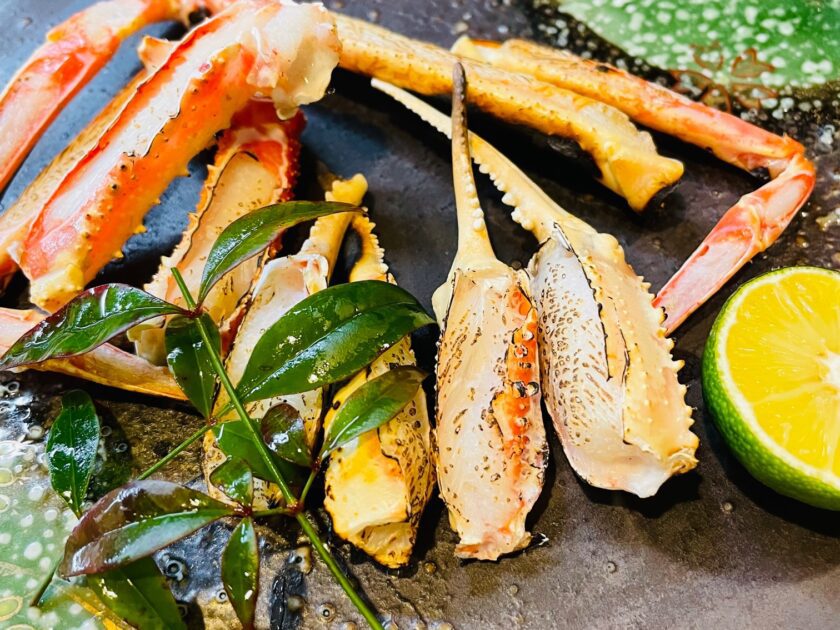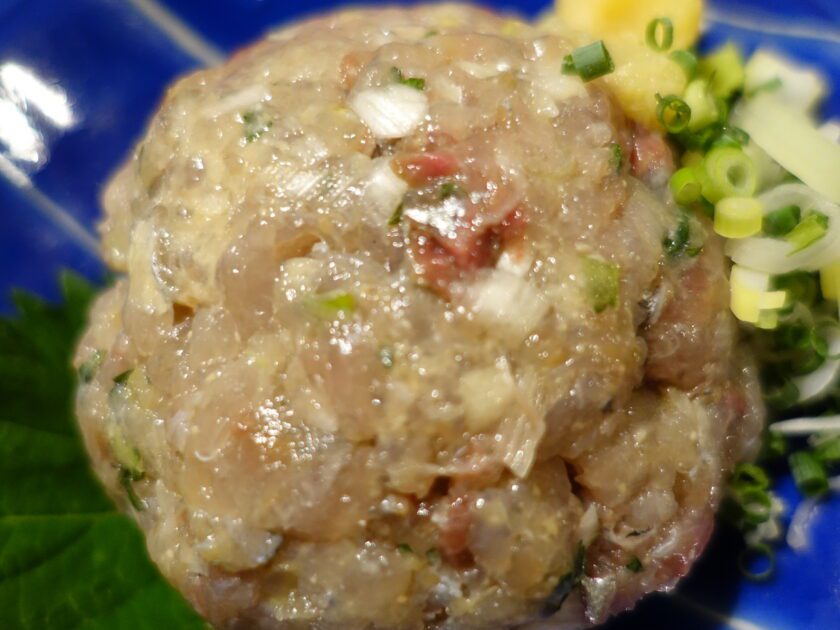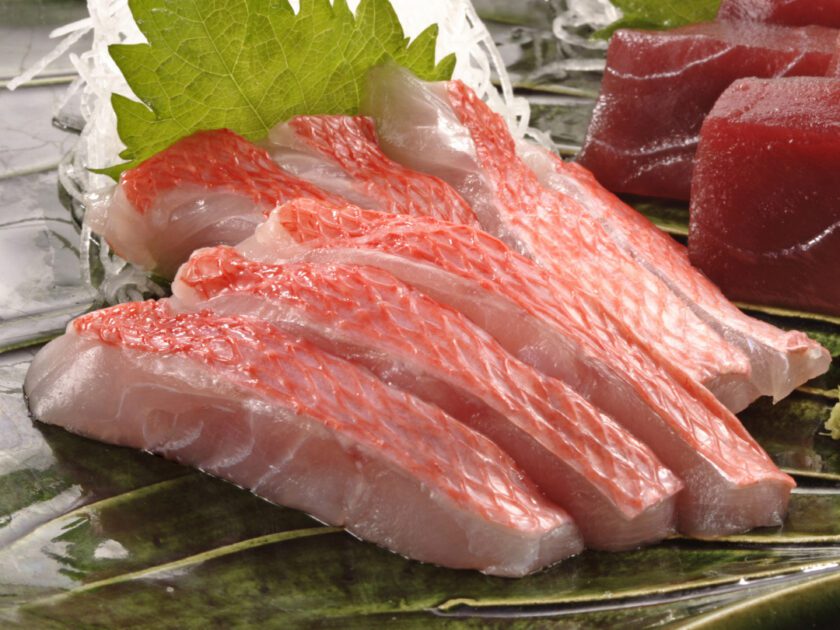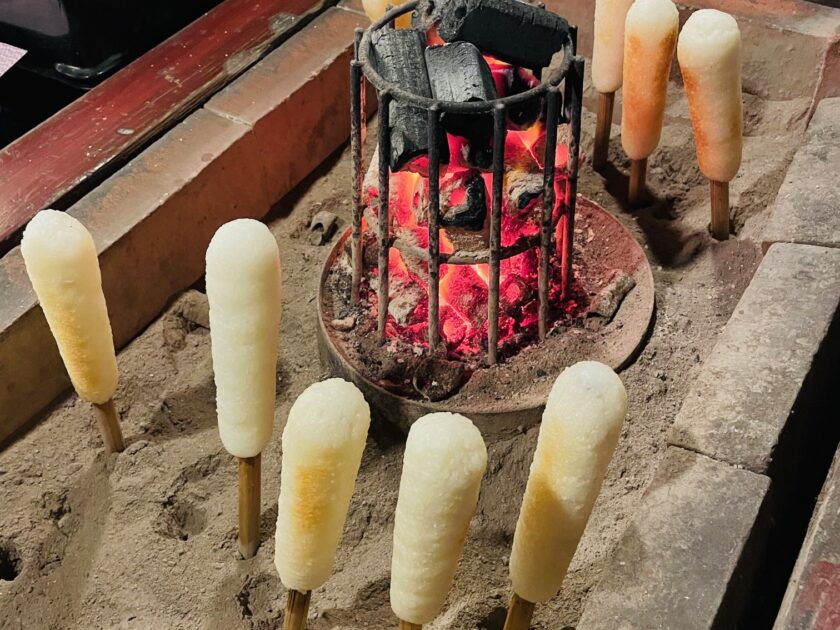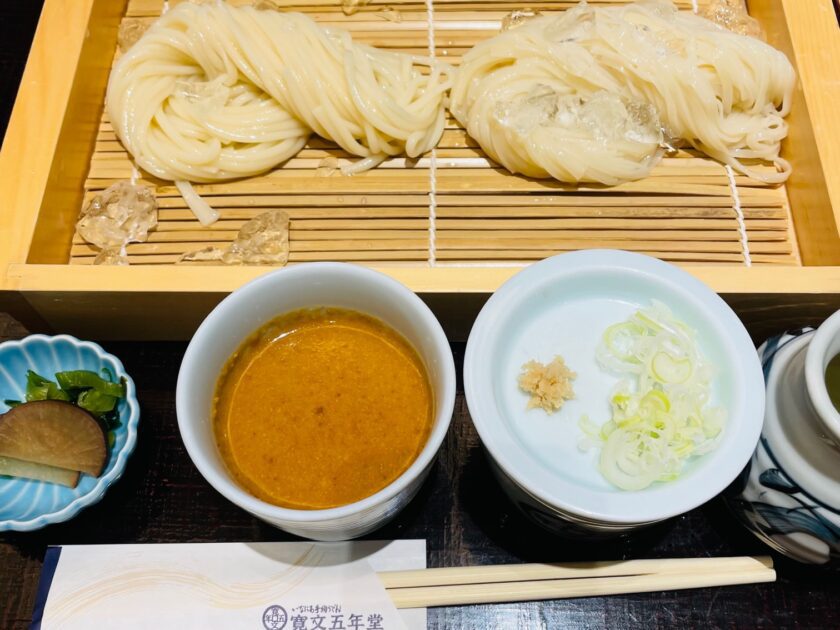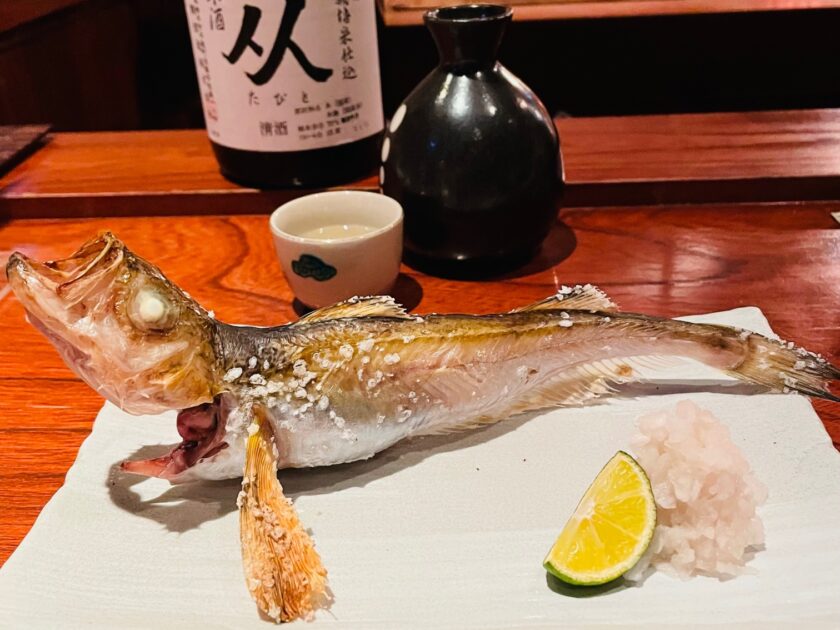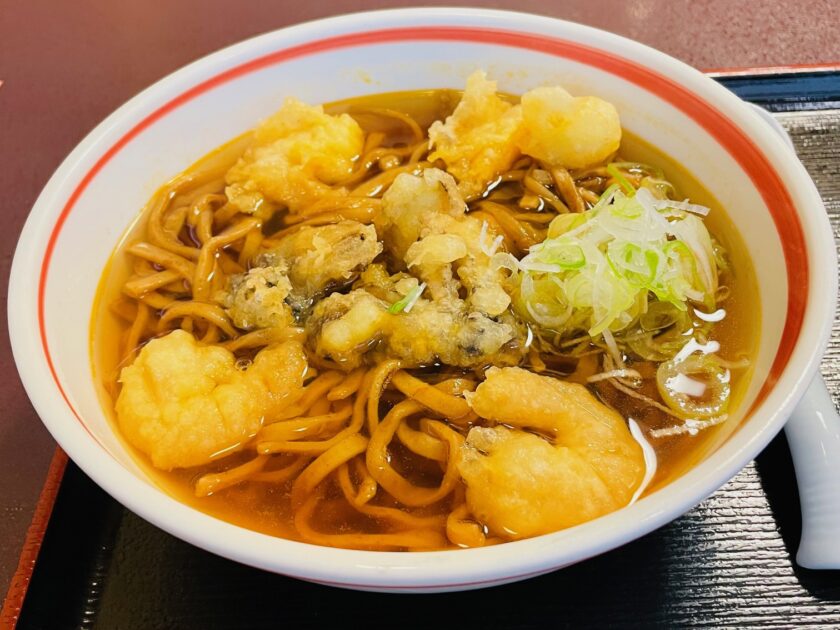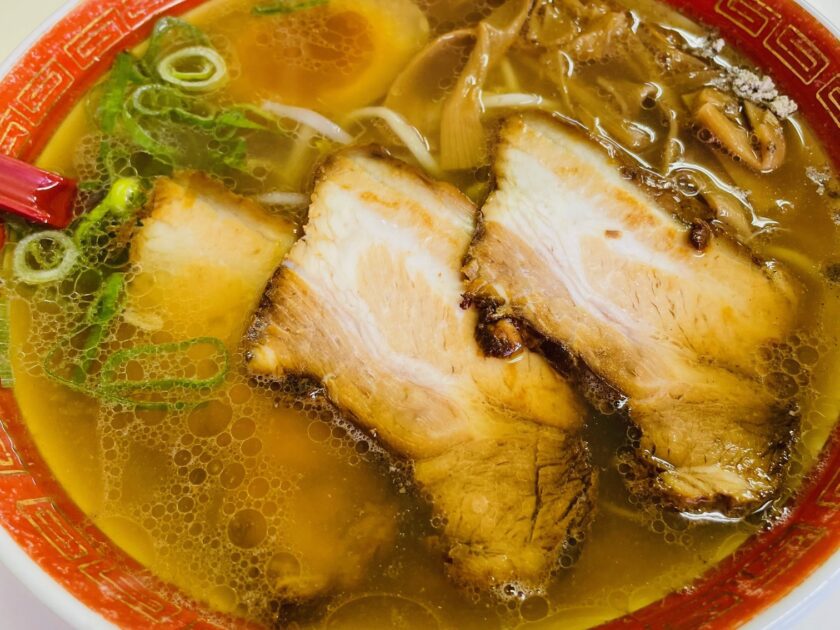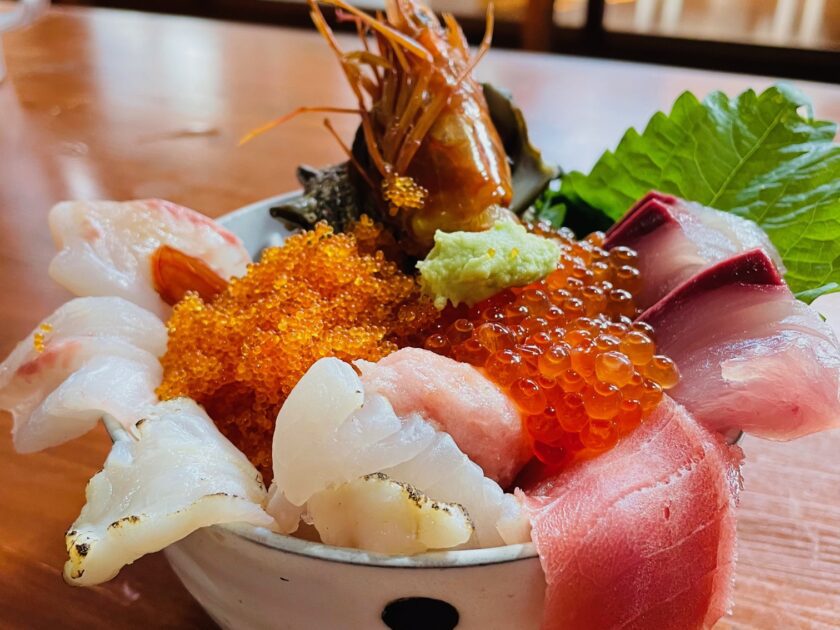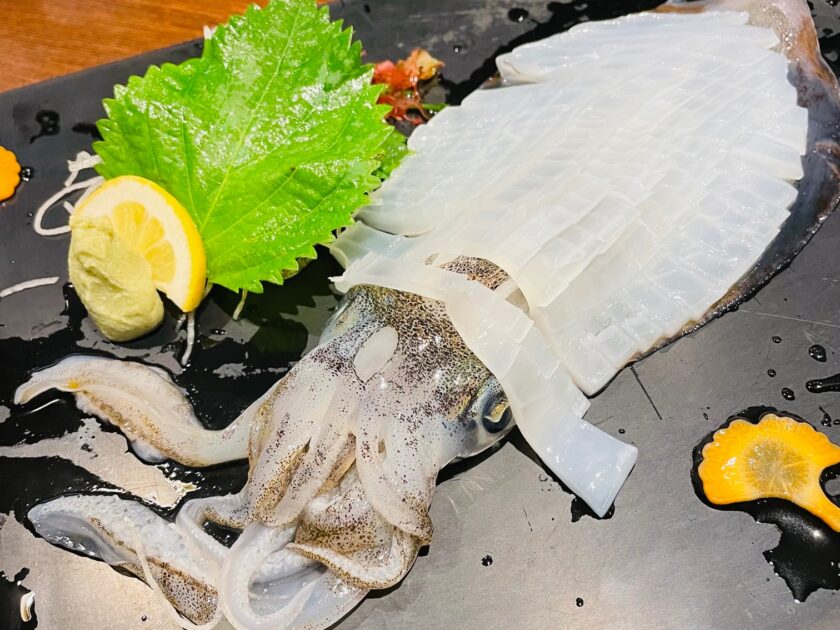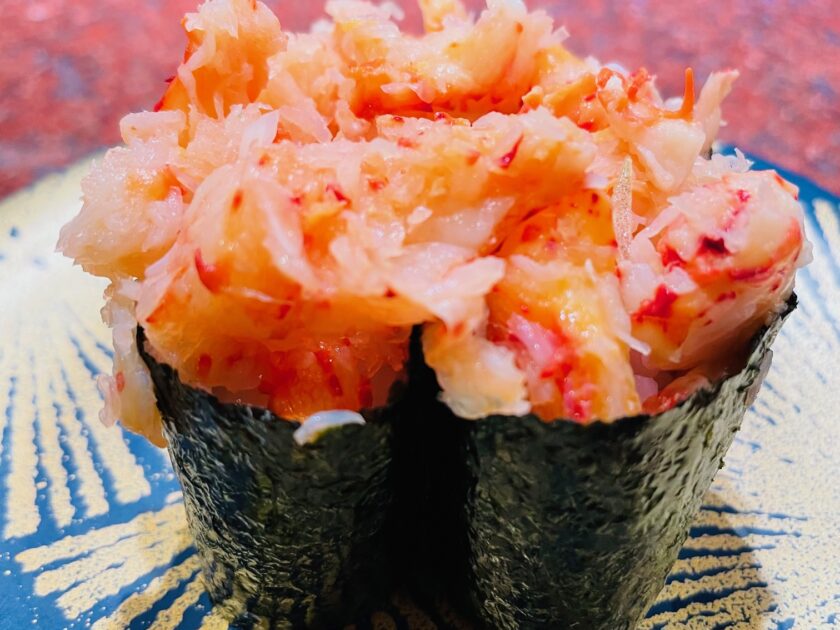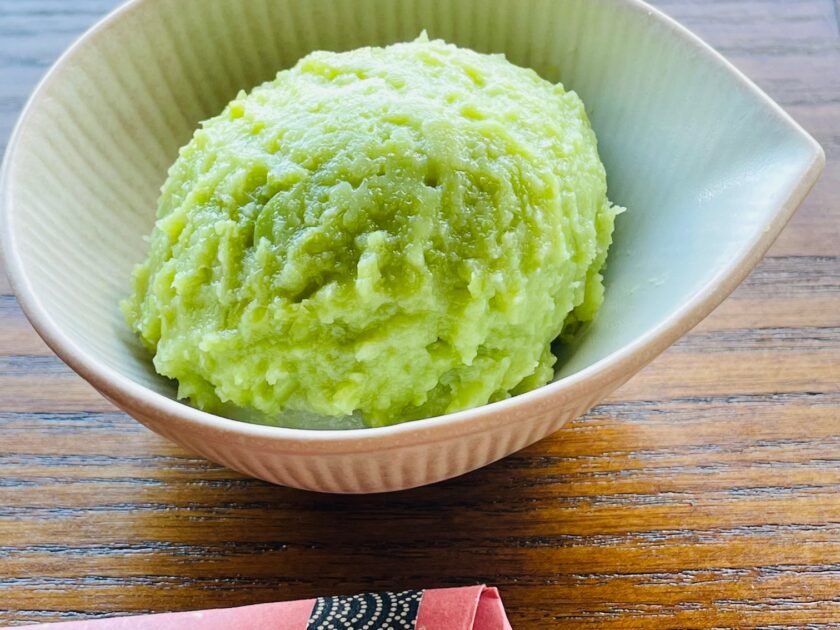Summary of July itinerary in Japan (Hokkaido)
Summary of July itinerary in Japan (Hokkaido) From Saturday, July 2 to Monday, July 4, I traveled to Hokkaido (Kushiro and Akkeshi). On this trip, I was able to eat more seasonal seafood and local cuisine than on any previous trip. I was also able to enjoy the great national parks at Lake Akan and the Kushiro Marshland, as well as the wonderful flora and fauna, including nationally protected species like the marimo and the Japanese (tancho) crane. Even in early July, when it was extremely hot in Japan, the temperatures in Kushiro and Akkeshi were 5 to 10°C cooler than in Honshu, making it the perfect summer vacation. I strongly recommend this itinerary for July in Japan. Here is a summary of the trip and some notes. Table of contents 1.”100 best of local dishes” and “Local dishes loved by the nation” by this itinerary in Japan 2. Seasonal “PRIDE FISH” by this itinerary in Japan 3. Travel precautions for the itinerary in Japan 4. Travel in a light style 5. July 2 (Saturday) Day 1 6. July 3 (Sunday) Day 2 7. July 4 (Monday) Day 3 Again, each time, this itinerary was also created with

